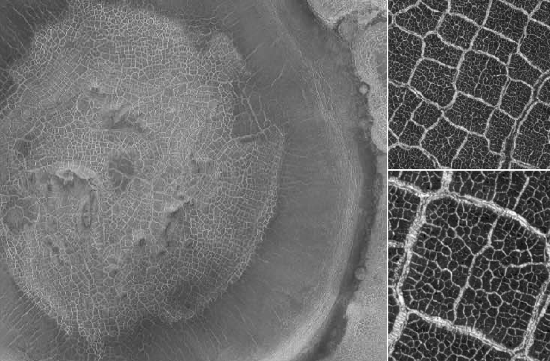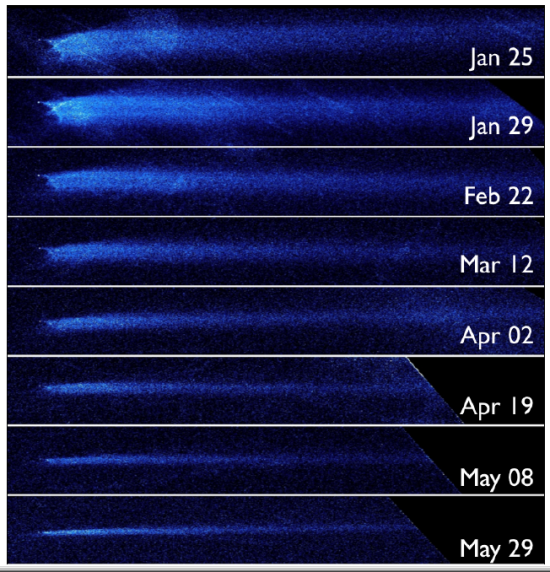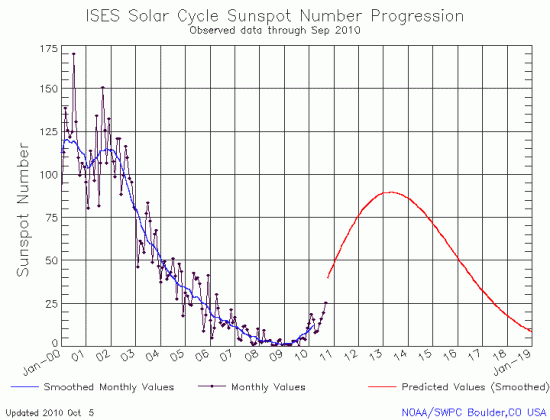IPCC meeting ends with few changes or reforms
You call this reform? At the just completed annual meeting of the IPCC in South Korea, the panel refused to remove its controversial chairman, Rajendra Pachauri, while recommending a few minor reforms in how the panel writes its reports. This quote indicates just how unserious the IPCC is about reform:
In the past, he said, IPCC reports sometimes projected the likelihood of potential climate-change effects, such as melting glaciers, without enough evidence. “There were some weaknesses in the application,” said [Chris Field, a U.S. scientist and a leader of the panel’s 2014 report].
You call this reform? At the just completed annual meeting of the IPCC in South Korea, the panel refused to remove its controversial chairman, Rajendra Pachauri, while recommending a few minor reforms in how the panel writes its reports. This quote indicates just how unserious the IPCC is about reform:
In the past, he said, IPCC reports sometimes projected the likelihood of potential climate-change effects, such as melting glaciers, without enough evidence. “There were some weaknesses in the application,” said [Chris Field, a U.S. scientist and a leader of the panel’s 2014 report].




